
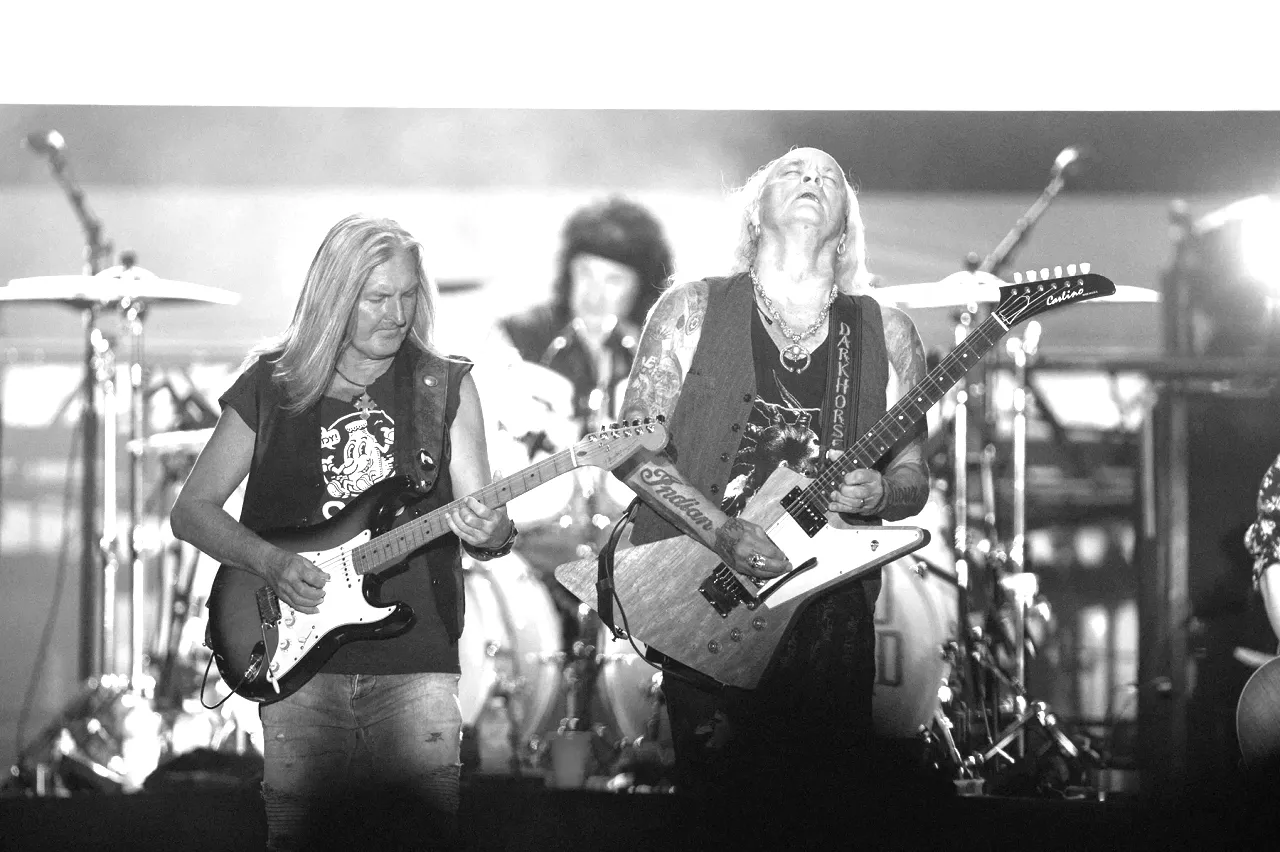
Follow Your Favorite Band Today!
Top Lynyrd Skynyrd Community Posts
Albums
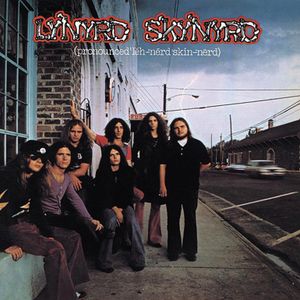
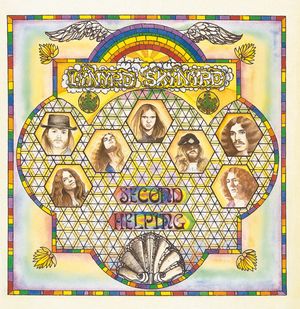
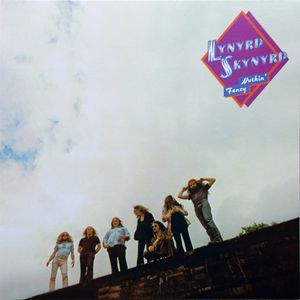

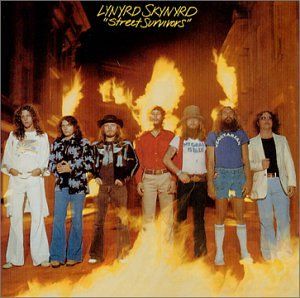
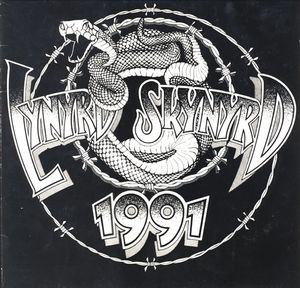
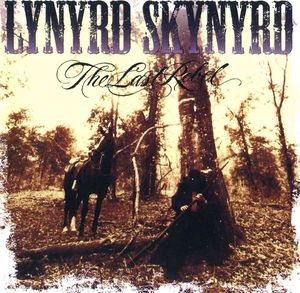

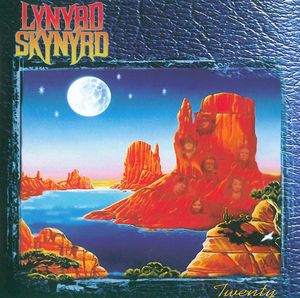


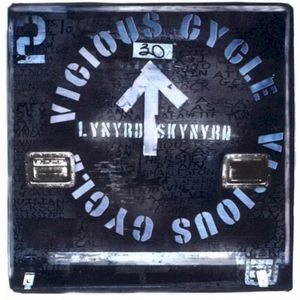


Story of Lynyrd Skynyrd
Lynyrd Skynyrd: A Southern Rock Legend
Lynyrd Skynyrd, often stylized as "Lynyrd Skynrd," is a legendary American Southern rock band that burst onto the scene in Jacksonville, Florida, in 1964. The band, originally formed as "My Backyard," was a raw and energetic group comprised of Ronnie Van Zant (vocals), Gary Rossington (guitar), Allen Collins (guitar), Larry Junstrom (bass), and Bob Burns (drums).
For five years, the band honed their skills, touring small venues and experimenting with different names and lineups. They finally settled on the name "Lynyrd Skynyrd" in 1969, a nod to their high school gym teacher, Leonard Skinner. The band released their debut album, "(Pronounced 'Lĕh-'nerd 'Skin-'nerd)" in 1973. By this time, the band had solidified their iconic lineup, which included bassist Leon Wilkeson, keyboardist Billy Powell, and guitarist Ed King. Burns departed the group, and Artimus Pyle took his place on drums in 1974. Later, King left in 1975, and Steve Gaines joined in 1976.
During the '70s, Lynyrd Skynyrd soared to the pinnacle of Southern rock, captivating audiences with their powerful anthems like "Sweet Home Alabama" and "Free Bird." These songs became iconic staples of the genre, defining the band's signature blend of blues, rock, and country influences. The band released five studio albums and one live album, solidifying their status as one of the most influential rock bands of the era.
Tragedy struck the band on October 20, 1977, when their chartered plane crashed, taking the lives of Ronnie Van Zant, Steve Gaines, and backup singer Cassie Gaines. The crash also severely injured the remaining members.
Lynyrd Skynyrd, though deeply impacted by the loss, refused to fade into oblivion. In 1987, the band reformed with Ronnie's brother, Johnny Van Zant, taking over lead vocals. The reunion tour proved that Lynyrd Skynyrd's legacy lived on, their music continuing to resonate with generations of fans. The band has continued to release albums and tour, ensuring that their distinct Southern rock sound remains a vital part of the music world.
Bands you may like
More Classic Rock Bands
Explore Classic RockDiscover more bands in the Classic Rock genre and explore the diverse sounds that define this musical style.
Browse All Classic Rock BandsMore Bands from United States
Explore United StatesDiscover the rich musical heritage of United States and explore bands that represent the country's unique sound and culture.
Browse All United States Bands